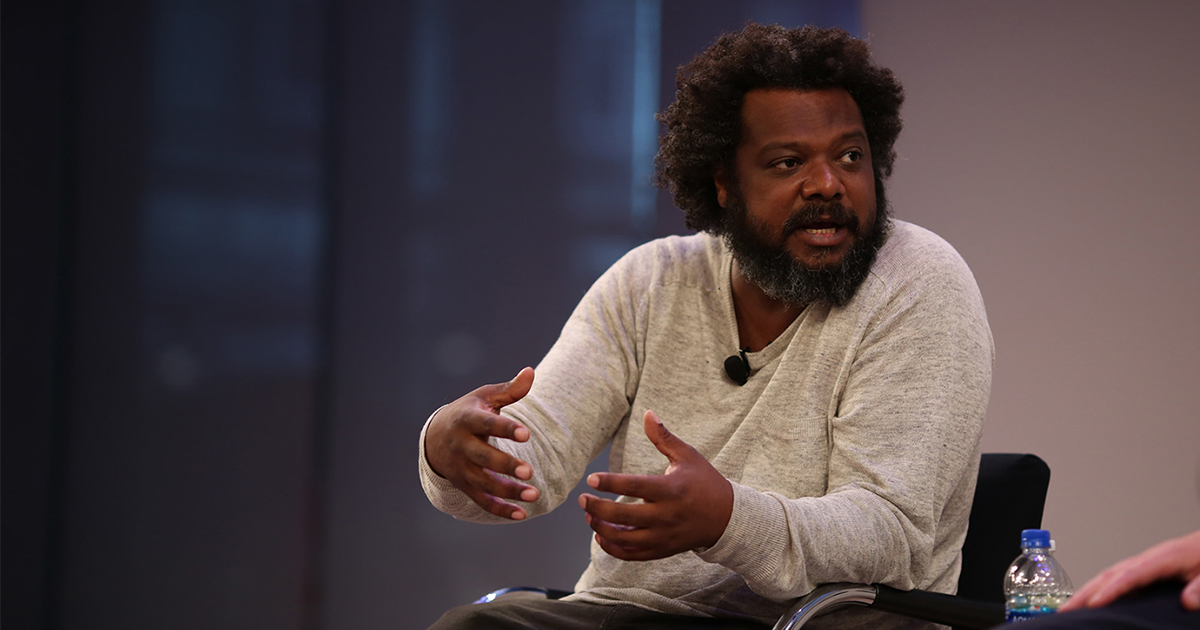Build Eyeballs and They Will Come — Bonin Bough Wants Sports to Stop Focusing on What Brands Want
Q&A: Bonin Bough Wants Sports to Stop Focusing on What Brands Want

By
![]() Team Hashtag
•
2 min read
Team Hashtag
•
2 min read
August 22, 2018
He’s sponsored the Super Bowl with big brands like Oreo, helped launch some of the first marketing programs across Facebook, Twitter, and YouTube, and produced the hit show Cleveland Hustles in tandem with LeBron James. Bonin Bough flies under the radar as one of the foremost marketers of our time.
Speaking at Hashtag Sports 2018, Bough discusses how brand marketers can leverage the power of live sports to connect with the next generation of consumers. This interview, originally conducted at HS18 by Andrew Miller of Fancred, has been condensed and edited.

How do you see brand marketing leveraging sports in this new world moving forward?
I actually think the biggest transformation that’s happened in sports media is the ability of the players to actually be a part of the conversation. To amass audiences that are at scale–with even some of the platforms in some respects–and having influence on the commentary, we don’t give that enough credit and we don’t figure out strategies to work in and around that.
I was at a beauty business for a year which we just sold to Unilever, and there was a chance to work with a very controversial football player, but you don’t think about how impactful their ability to start a movement is. What’s interesting is that we’re seeing it happen even from high school players [all the way up] the spectrum.
In a world where viewership is declining, but sports is still maintaining its importance in society, in media, and in broadcasting, do you see brands shifting more money to sports?
We love sports. I came from two companies that were big on sports though, PepsiCo and Mondelez, so sports is always a big thing for us.
But how do you think brands feel about games now being streamed live on different platforms which means they may have to be in four different places?
At the end of the day–and this is what holds the industry back–it doesn’t matter what we [as brands] want. What matters is what the consumer wants. I want to be where the most eyeballs are, where the consumer is, and on as many channels as humanly possible.
Get Hashtag Sports in Your Inbox
Learn how to connect with the next generation of sports fans
I used to sit in the building and hear brands say “We want to do what’s right for the business.” Okay, but what about what’s right for the consumer? If it’s right for the business, but not the consumer, we have a bad business model that we need to fix, and that ultimately is why competitors emerge because we want it to be the same as it always was.
I pushed us to buy our first Oreo Super Bowl spot ever. To this day, I could not recite to you or even paint the picture of what that Super Bowl spot was because the lights went out that year and our tweet went out–the tweet heard ‘round the world. Twitter won the day for us in that versus the $3.2 million that I forced us to spend.
Power out? No problem. pic.twitter.com/dnQ7pOgC
— Oreo Cookie (@Oreo) February 4, 2013
So that’s the problem: how do we create media companies that are going to where the consumers are and then figure out ways to monetize those versus forcing them to try to be where we’ve always been.
How do you think [digital] is going to affect in-stadium attendance going forward?
I think it’s already taken effect. We’re at where we are going to be.
I watched the Warriors from purchase all the way to where they are now, and you see the fandemonium. Or you have [Derek Jeter] and the Marlins talking about how they need to have good teams that are winning games that are exciting, and then fans will come out. If you’re a fan, you love sports and you want to go see those games. I don’t think it’s digital that is stopping fans from coming out.

Bonin Bough spoke at Hashtag Sports 2018, an annual conference designed for digital decision makers in sports. Learn more here.